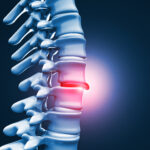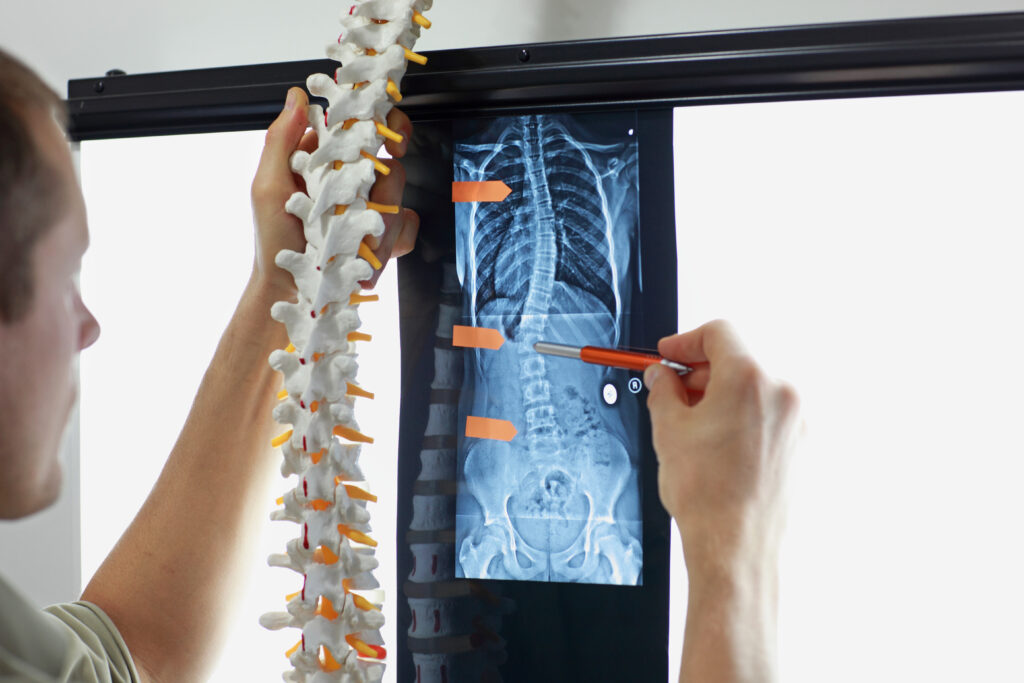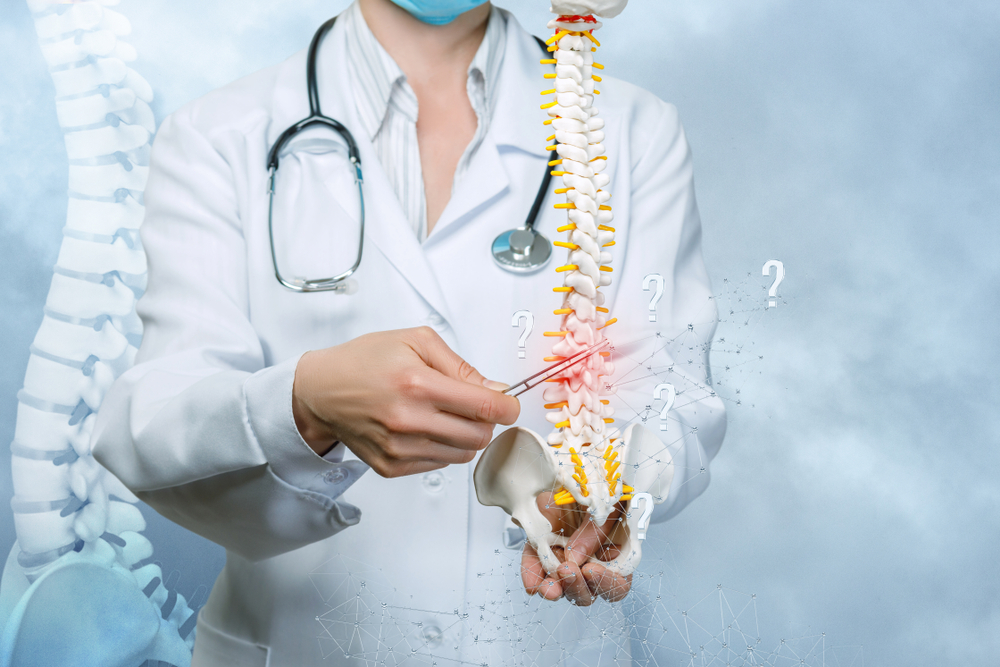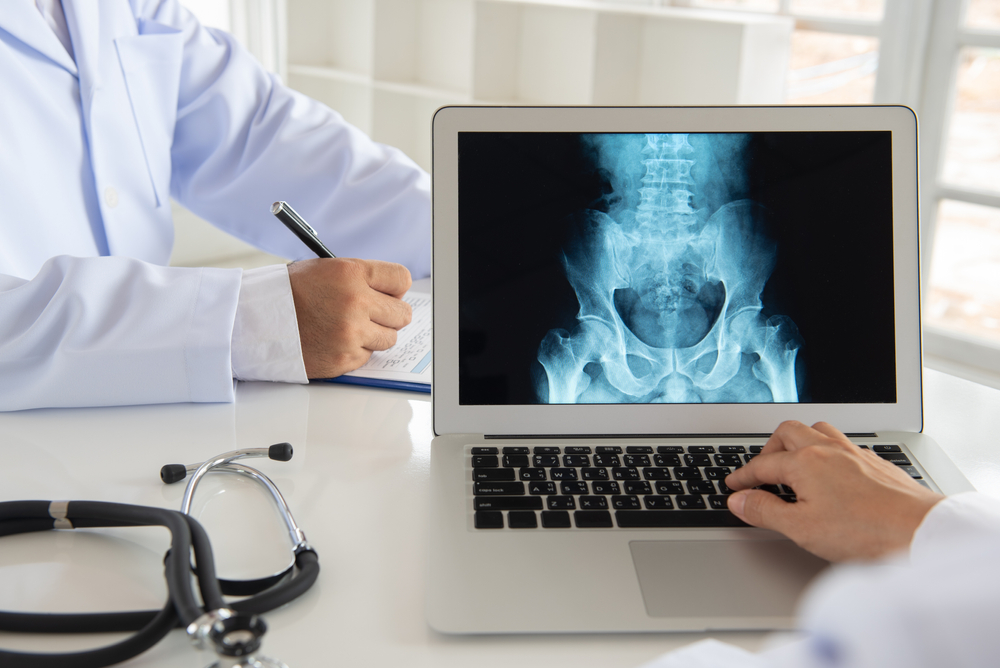
Transforaminal Lumbar Interbody Fusion (TLIF)

A Transforaminal Lumbar Interbody Fusion (TLIF) is a surgical procedure designed to address conditions such as degenerative disc disease, spondylolisthesis, or spinal stenosis in the lumbar spine. This procedure involves accessing the spine through the back, specifically through the intervertebral foramen, the opening through which nerve roots exit the spinal canal.
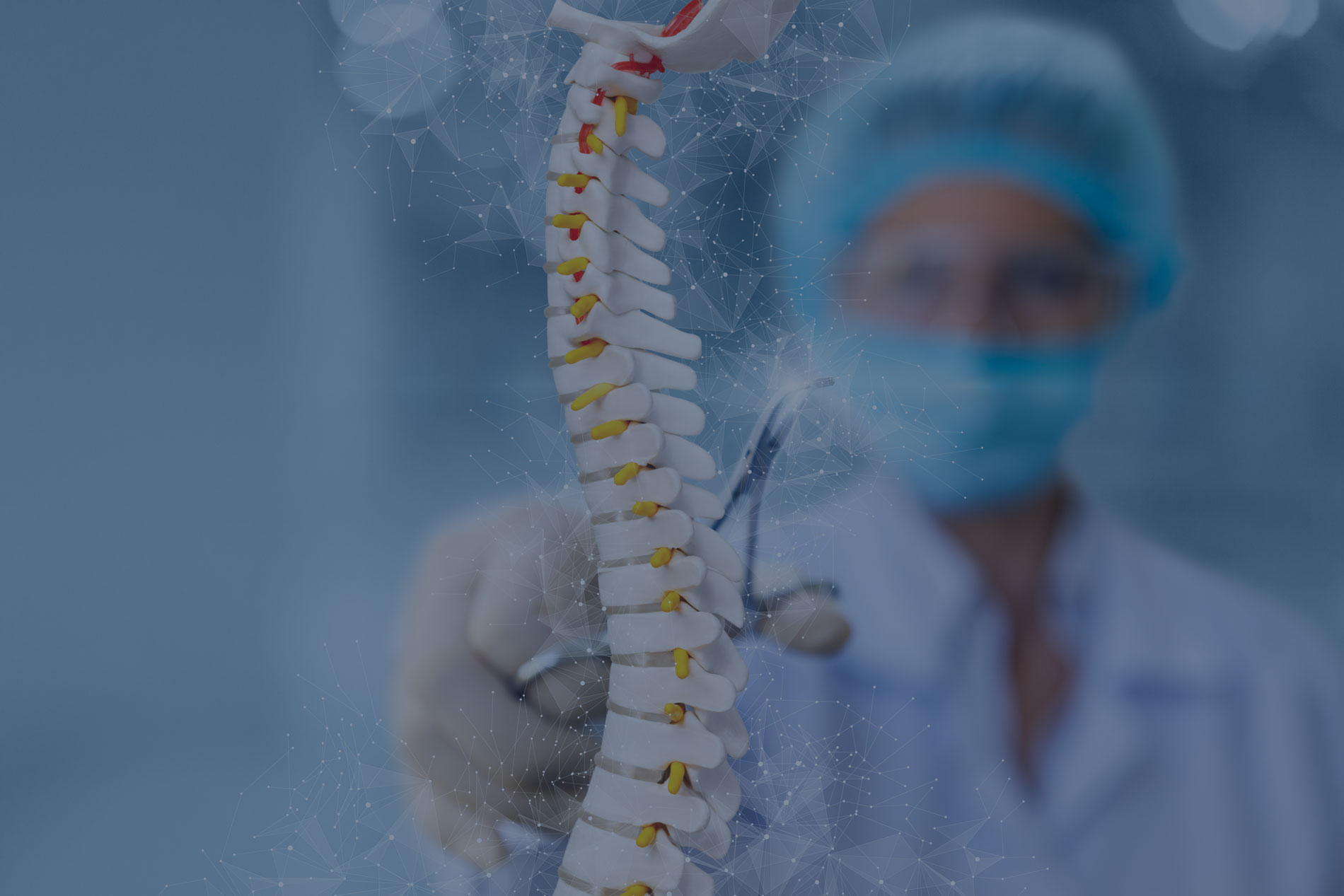



During a TLIF procedure, an incision is made in the lower back, providing access to the lumbar spine. The damaged disc is removed, and a device is placed in the intervertebral space to promote fusion between the adjacent vertebrae.The intervertebral body device also helps restore height to the foramen and can restore alignment of the spine.
This device encourages the growth of new bone and stabilizes the spine. One notable aspect of TLIF is its approach through the foramen, allowing for decompression of the nerves, which can be particularly beneficial when there is nerve compression. Additionally, spinal instrumentation such as screws and rods are used to provide stability during the fusion process. TLIF aims to alleviate pain, restore spinal stability, and promote fusion between vertebrae. The procedure is tailored to each patient’s specific condition, and the decision to undergo TLIF is typically made after conservative treatments have proven ineffective.
Book An Appointment
"*" indicates required fields

